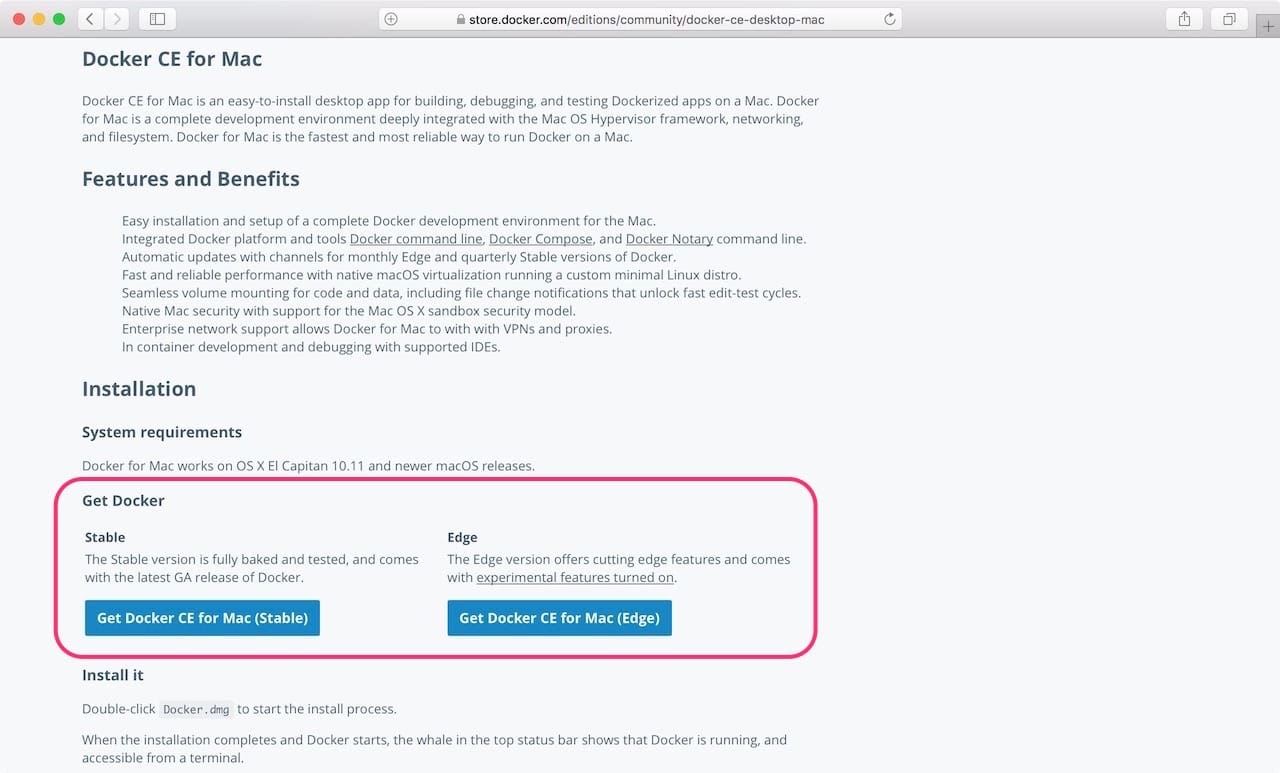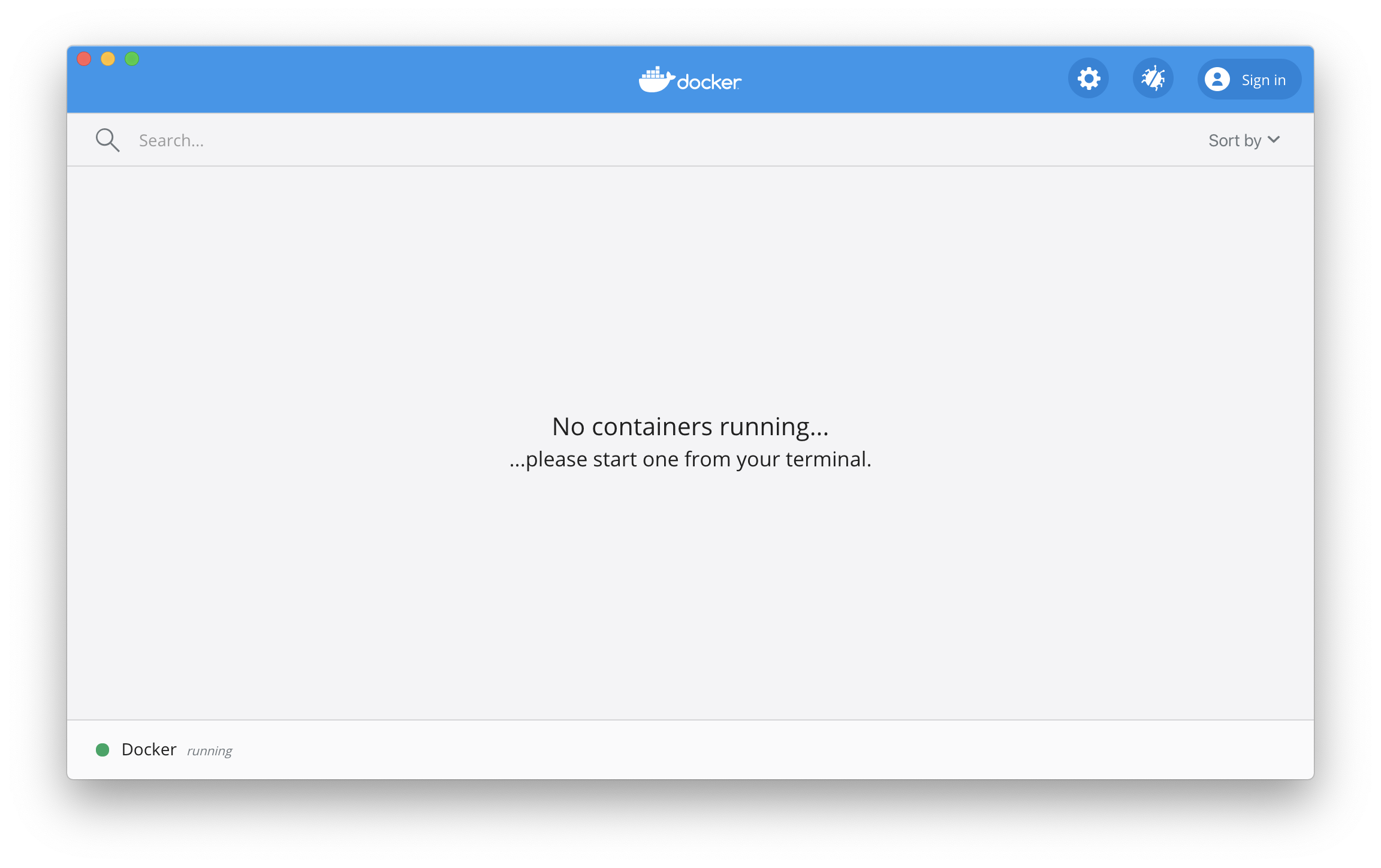
The web UI provides a unified view of your observability events and user-friendly tools to reduce alert fatigue.Īfter starting the Sensu backend, open the web UI by visiting You may need to replace localhost with the hostname or IP address where the Sensu backend is running. Refer to the documentation for your operating system to configure port access as needed.

NOTE: You may need to allow access to the ports Sensu requires in your local server firewall. Review supported platforms for more information.

The Sensu backend is available for Ubuntu/Debian, RHEL/CentOS, and Docker. The agent TCP and UDP sockets are deprecated in favor of the agent API.

StatsD listener: Required for all Sensu agents using the StatsD listener Sensu agent API: Required for all users accessing the agent API Sensu agent socket: Required for Sensu agents using the agent socket The Sensu agent uses the following ports: Port Sensu API: Required for all users accessing the Sensu APIĪgent API (backend WebSocket): Required for all Sensu agents connecting to a Sensu backend Required for all Sensu backends when performance profiling is enabled via debug setting Sensu web UI: Required for all Sensu backends using a Sensu web UI Sensu storage peer: Required for other Sensu backends in a cluster Sensu storage client: Required for Sensu backends using an external etcd instance Sensu backends require the following ports: Port Read deployment architecture and hardware requirements for deployment recommendations. Sensu backends require persistent storage for their embedded database, disk space for local asset caching, and several exposed ports.Īgents that use Sensu dynamic runtime assets require some disk space for a local cache. You can configure your instance so that when an agent (for example, a server) shuts down gracefully, the agent automatically de-registers from the backend and does not generate an alert. If the backend loses a keepalive signal from any of the agents, it flags the agent and generates an event. The Sensu backend keeps track of all self-registered agents. The agents execute the checks the backend sends to their subscriptions and send the resulting status and metric events to the backend event pipeline, which gives you flexible, automated workflows to route these events. Sensu automatically downloads the files needed to run the checks from an asset repository like Bonsai or a local repo and schedules the checks on each agent. The backend sends specific checks for each agent to execute according to the subscriptions you define in the agent configuration. The Sensu backend is powered by an an embedded transport and etcd datastore. You only need to specify the IP address for the Sensu backend server - you do not need to list the components to monitor in the backend. Sensu agents are lightweight clients that run on the infrastructure components you want to monitor.Īgents are responsible for creating status and metric events to send to the Sensu backend event pipeline.Īgents automatically register with Sensu as entities when you start them up and connect to the Sensu backend with no need for further provisioning. Instead of provisioning each device, server, container, or sidecar you want to monitor, you install the Sensu agent on each infrastructure component.

Sensu works differently from other monitoring and observability solutions.
DOCKER FOR MAC INSTALL GUIDE WINDOWS
Sensu Go is packaged for Linux, Windows (agent and CLI only), macOS (CLI only), and Docker. Sensu downloads are provided under the Sensu commercial license. Read Generate certificates next to get the certificates you will need for TLS. If you will deploy Sensu to your infrastructure, we recommend one of our supported packages, Docker images, or configuration management integrations, as well as securing your installation with transport layer security (TLS).
DOCKER FOR MAC INSTALL GUIDE HOW TO
NOTE: The instructions in this guide explain how to install Sensu for proof-of-concept purposes or testing in a development environment.


 0 kommentar(er)
0 kommentar(er)
